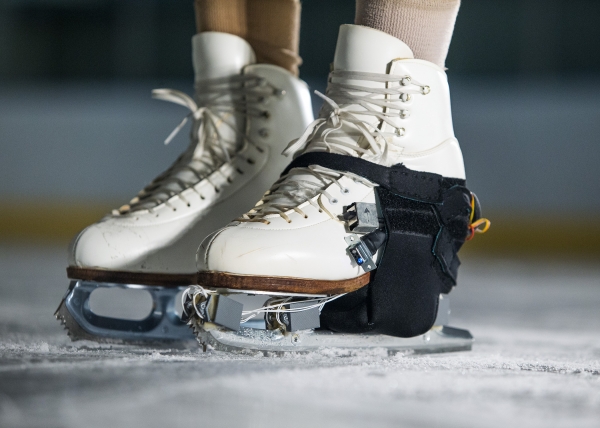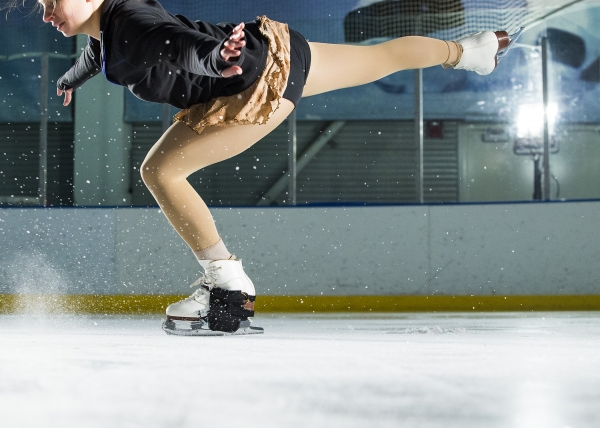Women’s figure skating, arguably one of everyone’s favorite events, has concluded for another Olympiad. Russian Adelina Sotnikova upset favorite and defending gold-medalist Yuna Kim of South Korea in a decision that has a lot of people talking. But let’s put politics aside for a minute. We know it takes serious strength to get through a figure skating free skate, but just how much of a beating does an Olympic skaters body take during the performance?
That’s what researchers at Brigham Young University and the United States Figure Skating Association set to figure out. In a series of tests a skating coach at BYU, Jacquelyn Packard, helped demonstrate not only the grace of skating, but the force it puts on the body, some of which can cause injury.
“[Injury] happens more often than you think,” she said in an interview with BYU News. “A lot of these skaters are skating in a lot of pain.”
Packard was asked to wear a new device that records compression when jumps are landed. After jumping with the device, Packard and researchers discovered the force on her body when landing a jump is significantly more than her own body weight.
“When figure skaters land, they can experience five to eight times their body weight,” said Sarah Ridge, associate professor of exercise science at BYU. “And that happens within 50-125 milliseconds, which is not a lot of time for the body to absorb that magnitude of force.”
This force causes one of the most common types of injuries in figure skating: injuries caused by overuse. These injuries manifest themselves in stress fractures in the feet and lower leg, and hip and back injuries like the one that sidelined Russian skater and Olympic gold medalist Evgeny Plushenko.
“The U.S. Figure Skating Association is interested in this research because they want to be able to keep their elite skaters healthy and help make figure skating safe for all participants,” Ridge said.
Ridge thinks continued research could lead to safer conditions for young athletes and keep the number of injuries down as they progress in their careers.
“Little league pitchers have pitch counts to keep their arm, elbow, and shoulder safe. We may end up with something like jump counts for younger, developing skaters.”
It is the hope that this research can lead fewer injured skaters and longer skating careers. That’s good news for a sport women enter in their early teens and usually retire from before their 30s. Gold-winning Adelina? She’s just 17.
Images and Video from BYU News
Also Read:
2025 Olympic Games: Where and When to Watch
5 Top Athletes Prove Being a Pro Doesn’t Mean You’re in Perfect Shape


